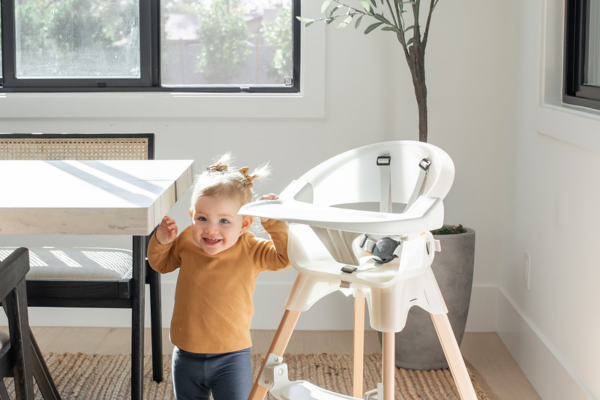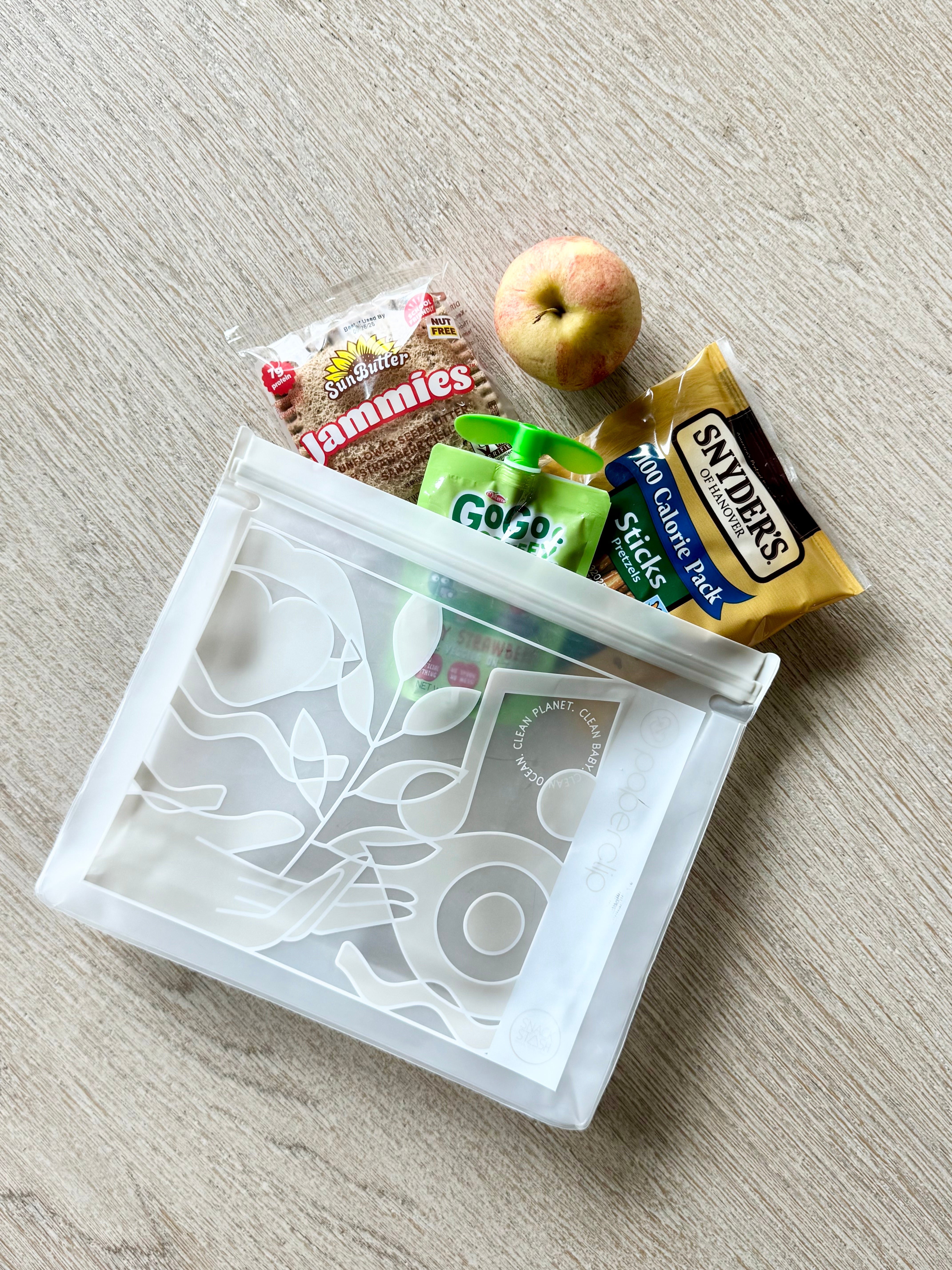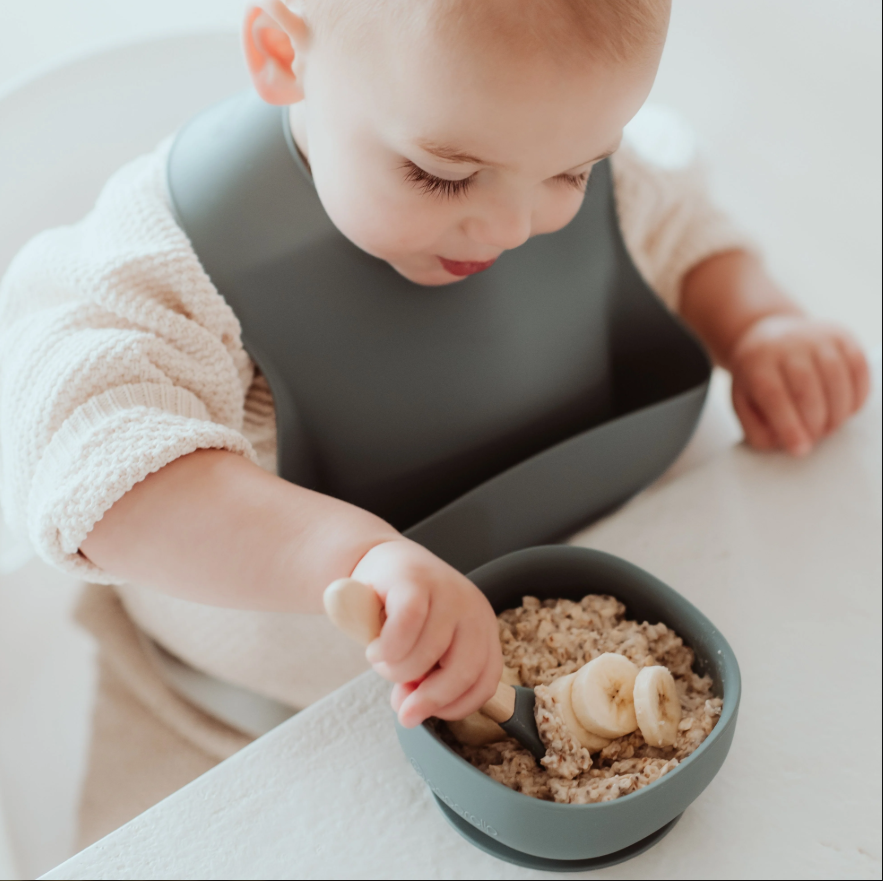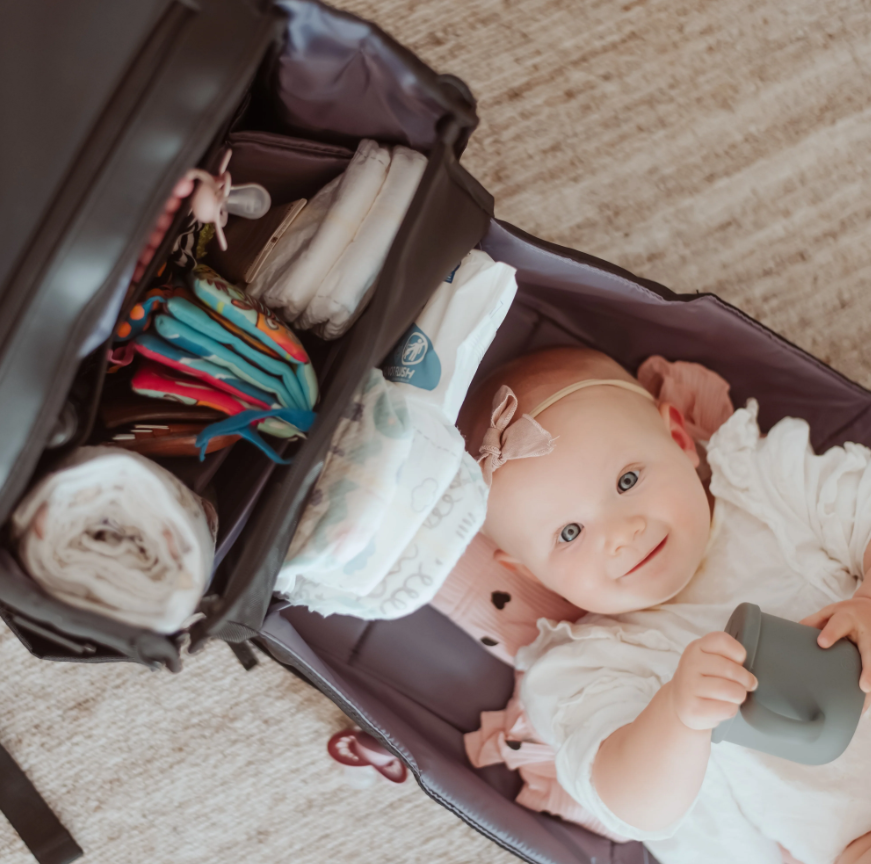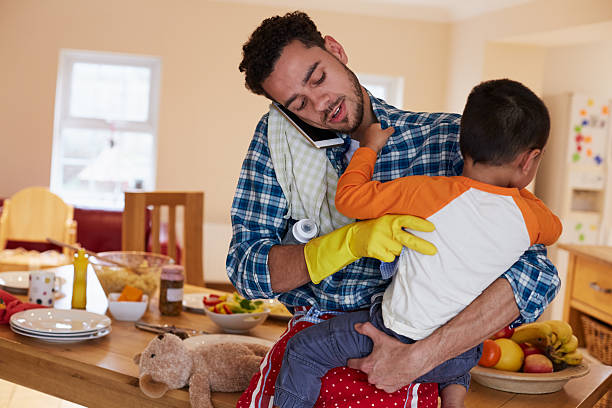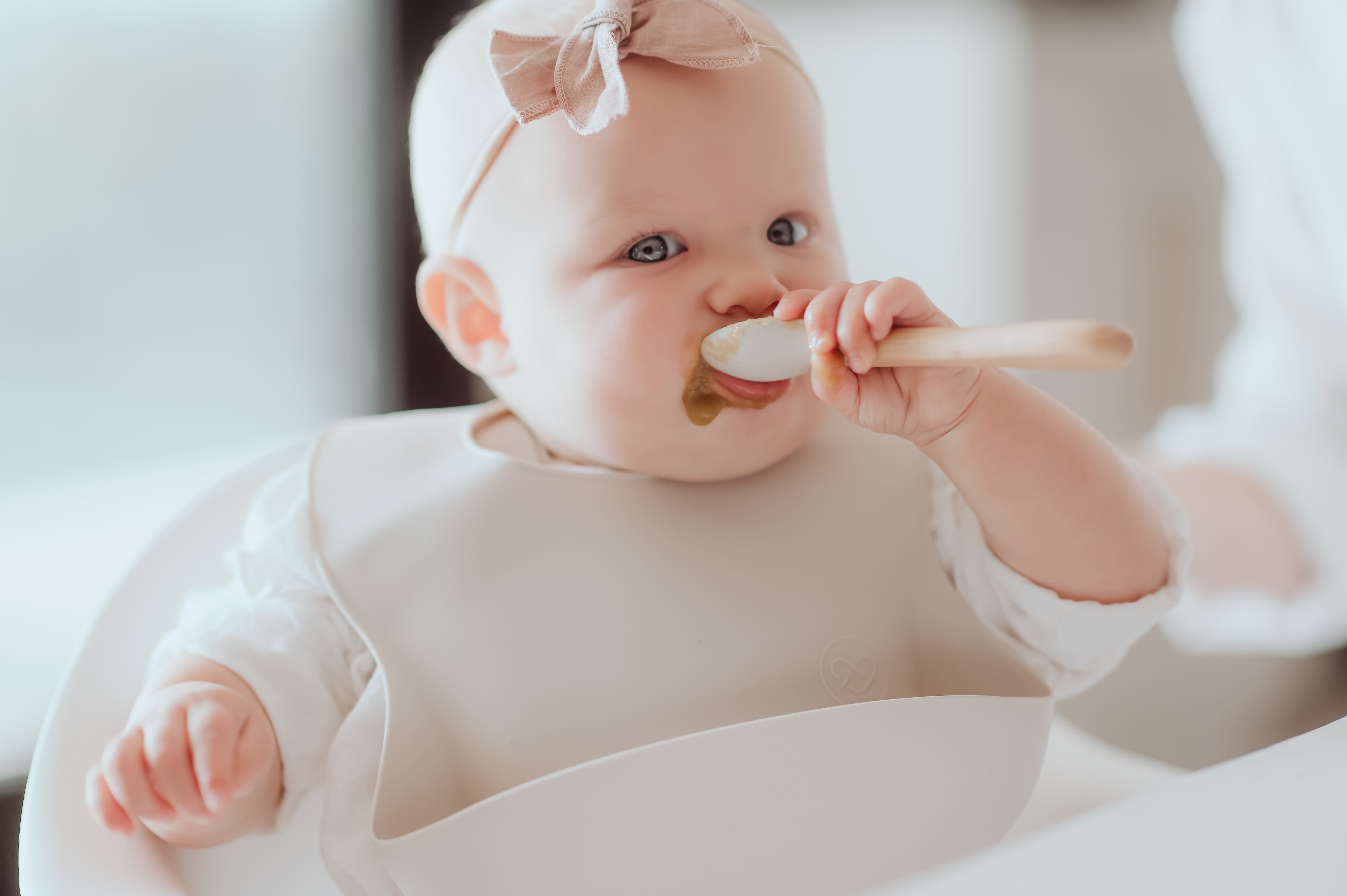One of the most common questions new parents ask is, "When can my baby sit in a high chair?" As your little one grows, introducing a high chair becomes essential for feeding and family meals. But timing is crucial—placing your baby in a high chair too early can be unsafe, while waiting too long might delay their development.
In this guide, we’ll answer "When can babies sit in a high chair?" and break down when your baby is actually ready, how to keep things safe, and how to choose a high chair that won’t become a giant plastic eyesore in your kitchen.
Table of Contents
-
Why Timing Matters
-
When Can Babies Sit in a High Chair?
-
Signs Your Baby Is Ready
-
Choosing the Right High Chair
-
High Chair Safety Tips Every Parent Should Know
-
Mealtime Tips for Success
-
High Chairs for Restaurants and Travel
-
Final Thoughts
-
FAQs About Babies and High Chairs
Why Timing Matters
Introducing a high chair too early can lead to safety risks. Babies need proper back and neck support to sit upright. This milestone often aligns with other baby development markers like starting solid foods, improving motor skills, and sitting without help.
Popping them into a high chair before they're ready could lead to flops, wobbles, and some truly creative messes. Waiting until your baby is developmentally ready means they'll enjoy mealtime safely—and you’ll have peace of mind.
When Can Babies Sit in a High Chair?
Most babies are ready for a high chair around 6 months, but it depends on their neck and core strength. Here’s what to look for before transitioning:
-
Head Control – Your baby should hold their head up like a pro, steadily and without support.
-
Sitting with Support – They should sit upright with minimal or no assistance.
-
Showing Interest in Food – If they watch you eat or reach for food, they might be ready.
According to lovevery.com, these are the basic signs that your baby is developmentally prepared. If your child meets these criteria, they’re likely ready for a high chair.
Signs Your Baby Is Ready

Before shopping for a baby high chair, watch for these signs:
-
Baby can sit up unsupported for short periods
-
Baby shows head and neck control
-
Baby is fascinated by mealtime (including sneak attacks for your spoon)
-
Baby has started eating purees or solids
If you're unsure, talk to your pediatrician.
Choosing the Right High Chair
Here’s the thing: not all high chairs are created equal. Some are sleek and foldable. Others look like robot furniture from the future. So, what’s right for you?
1. Space-Saving High Chairs
If you have a small kitchen, a slim high chair like the Paperclip Terra 2-in-1 Compact High Chair is perfect. It’s lightweight and easy to store (and its aesthetic design blends perfectly into any home).
2. Portable High Chairs for Travel
Frequent travelers could opt for a clip-on high chair that attaches to tables. Just make sure the table is sturdy and you’ve got a seat harness.
3. Adjustable High Chairs for Growing Babies
Some high chairs convert into toddler booster chairs, making them a long-term investment.
High Chair Safety Tips Every Parent Should Know
Even the fanciest high chair won’t do its job unless it’s used safely. A few non-negotiables:
-
Always Use the Safety Straps – Yes, even for those “just for a minute” moments. A 5-point harness will provide the most safety.
-
Avoid Standing or Climbing – Never leave your baby unattended. High chairs are not jungle gyms, even if your baby thinks otherwise.
-
Check Stability – Ensure the high chair doesn’t tip easily.
-
Keep It Clean – Food residue can harbor bacteria—wipe down after every use.
Pro Tip: If you’re dining out, check if the restaurant’s high chair has secure straps. Some babies slip out if the seat is too big.
Want more safety insights? Visit HealthyChildren.org.
Mealtime Tips for Success
Mealtime doesn’t have to be chaos (though let’s be real—it often is). Here’s how to set yourself up for smoother feeding:
-
Use silicone baby bibs to minimize mess
-
Serve soft, grabbable foods—think avocado slices or banana chunks
-
Add suction toys or trays to keep baby engaged
-
Turn off the TV or phone—babies learn best by watching you eat
Feeding time is also a chance to model good eating behavior and build routines. Babies learn best by watching others!
High Chairs for Restaurants and Travel
Wondering when it’s okay to use a restaurant high chair? If your baby checks all the same readiness boxes (sitting, head control, interest in food), they’re good to go—usually around 6 months.
Travel tip: Not all public high chairs are the cleanest. You can bring your own portable clip-on seat or use a diaper bag with a built-in harness. (Yes, that’s a thing.)
Want travel-friendly options that don’t scream “baby on board”? Browse travel-ready high chairs at Paperclip to make dining on the go safe and stylish.
FAQs About Babies and High Chairs
1. Can a 4-month-old sit in a high chair?
Some high chairs recline for younger babies, but full upright sitting is safest at 6 months.
2. How long can a baby stay in a high chair?
15 to 30 minutes is plenty—just enough to enjoy a meal before they get antsy.
3. What if my baby hates the high chair?
Try short sessions, add some toys, or adjust the recline.
Final Thoughts
So, when can your baby sit in a high chair? Most are ready around 6 months—once they can sit up, hold their head steady, and show interest in joining the food festivities.
Choosing the right chair, using it safely, and keeping mealtimes fun will help your little one build healthy habits (and maybe even eat a vegetable or two).
Looking for a high chair that grows with your baby? Explore Paperclip's thoughtfully designed collection—where safety meets style for stress-free family meals.
Popular Articles
Help! My Silicone Tastes Like Soap!
Back-to-Preschool, the Eco-Friendly Way: 7 Simple Swaps for Greener Mornings
If you're looking to make mornings smoother and more sustainable, here are 7 simple, eco-friendly swaps perfect for preschoolers and the grownups who love them.
Read More
